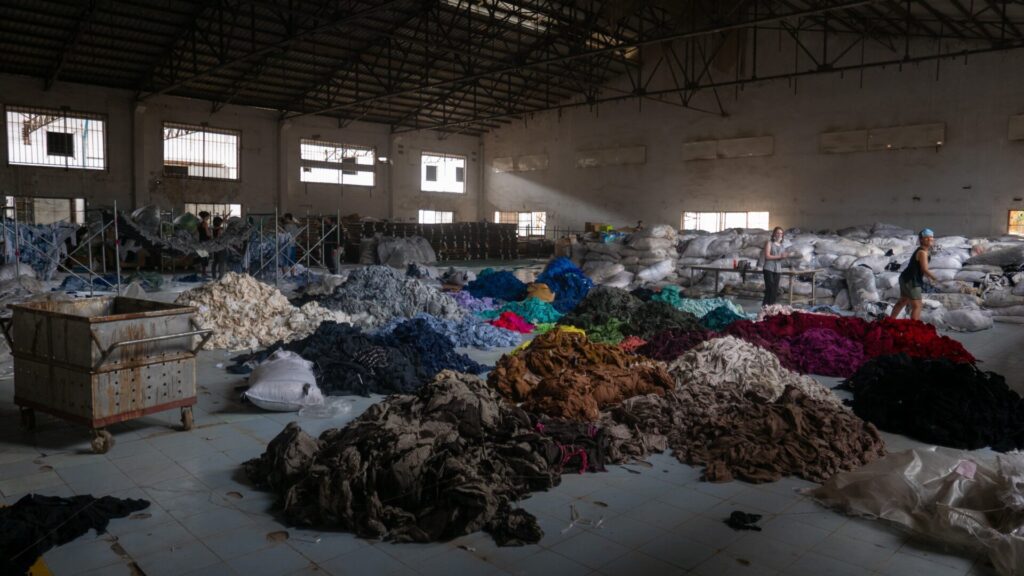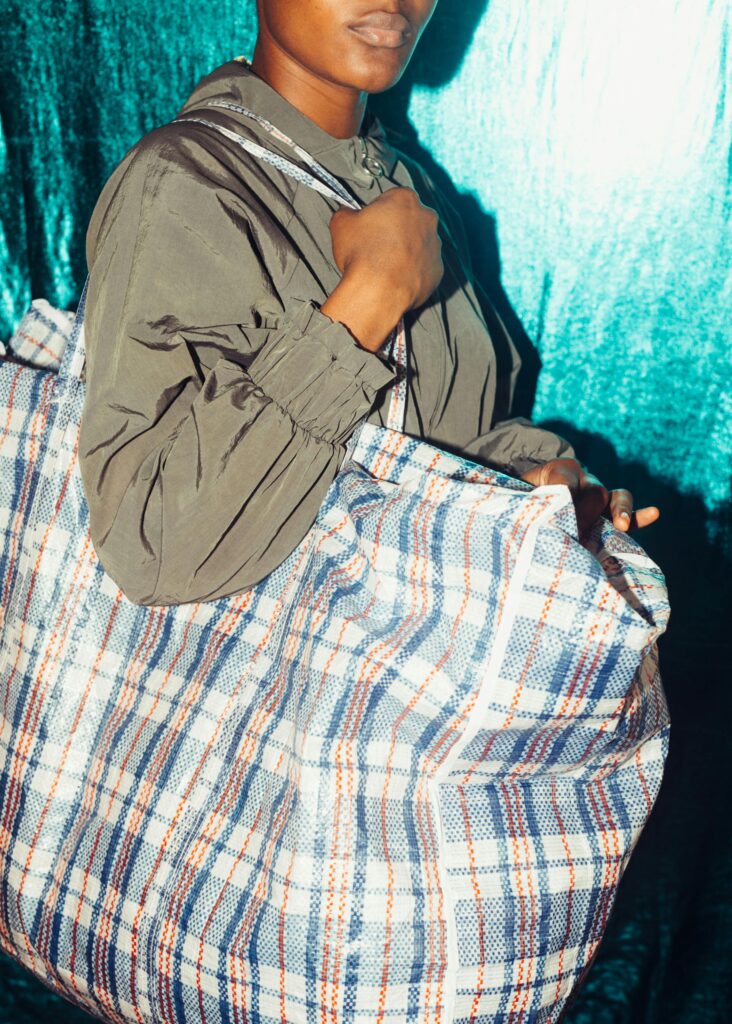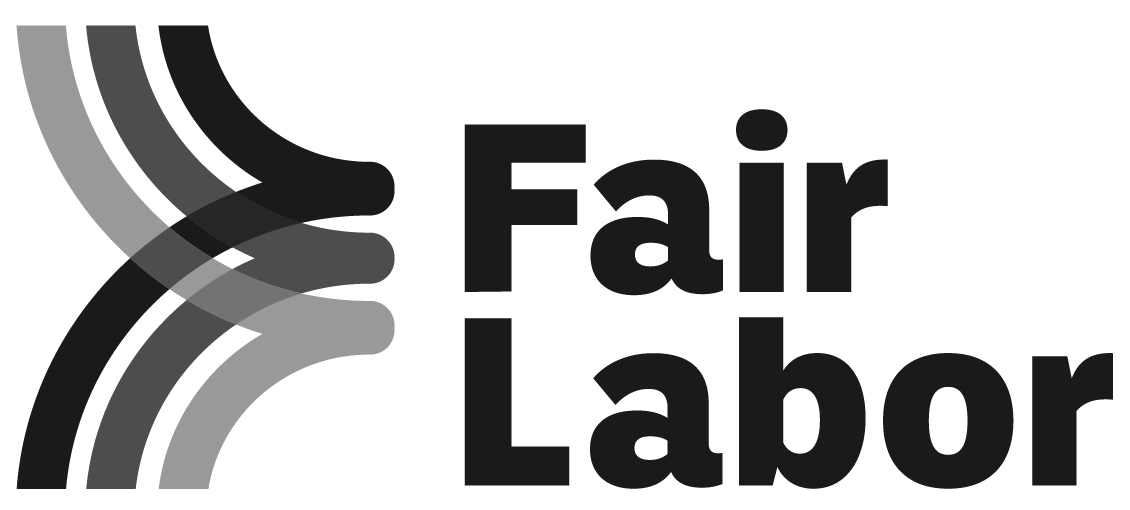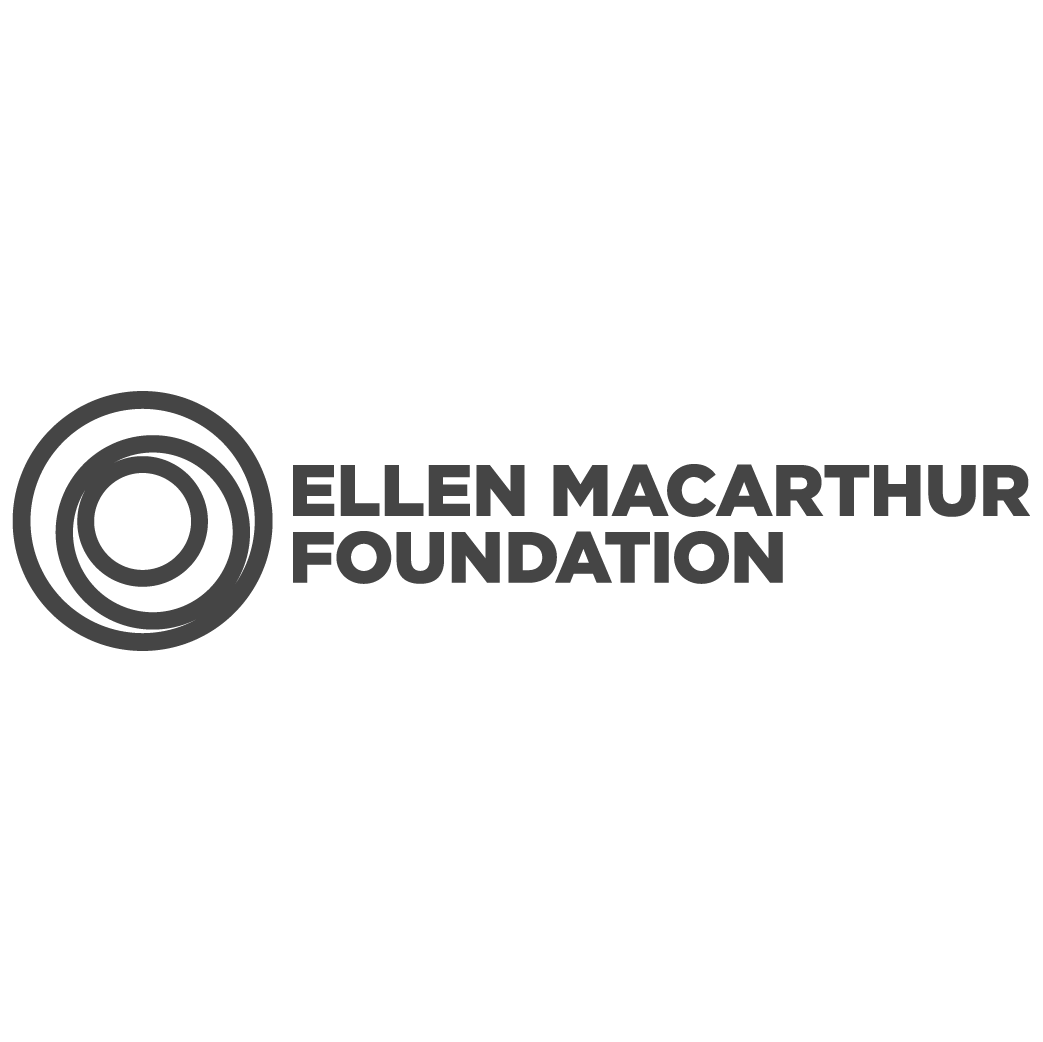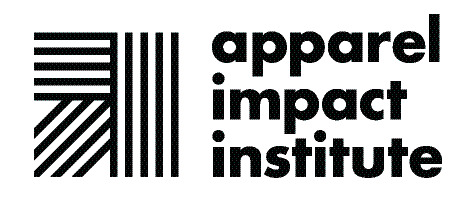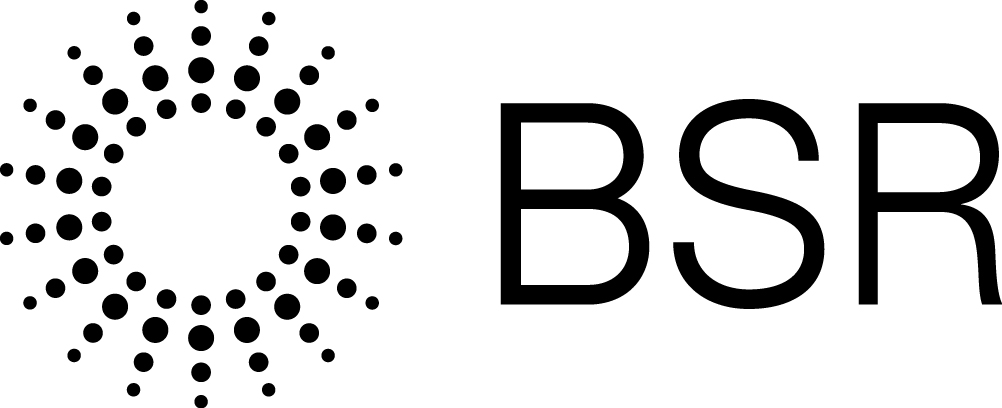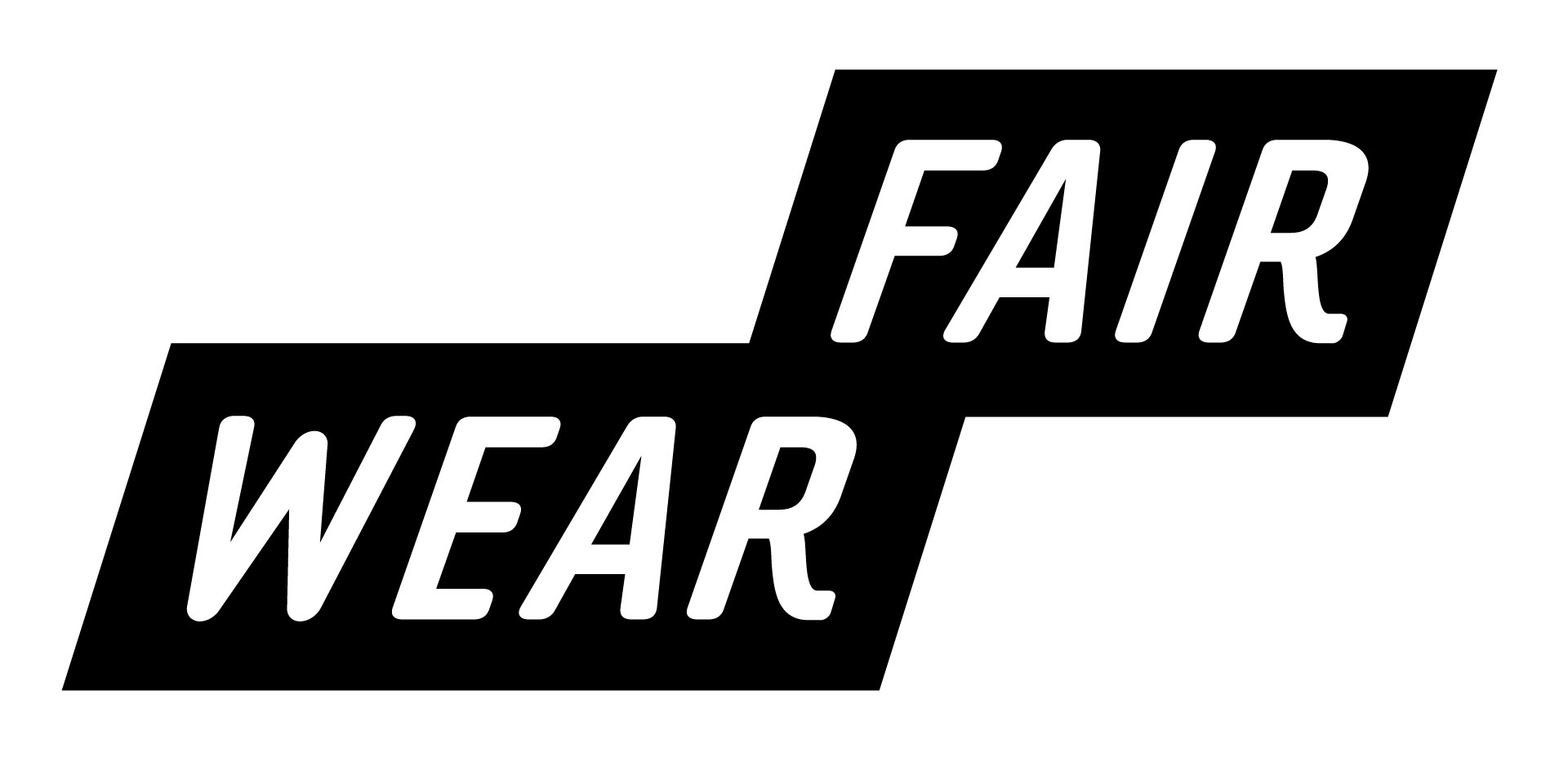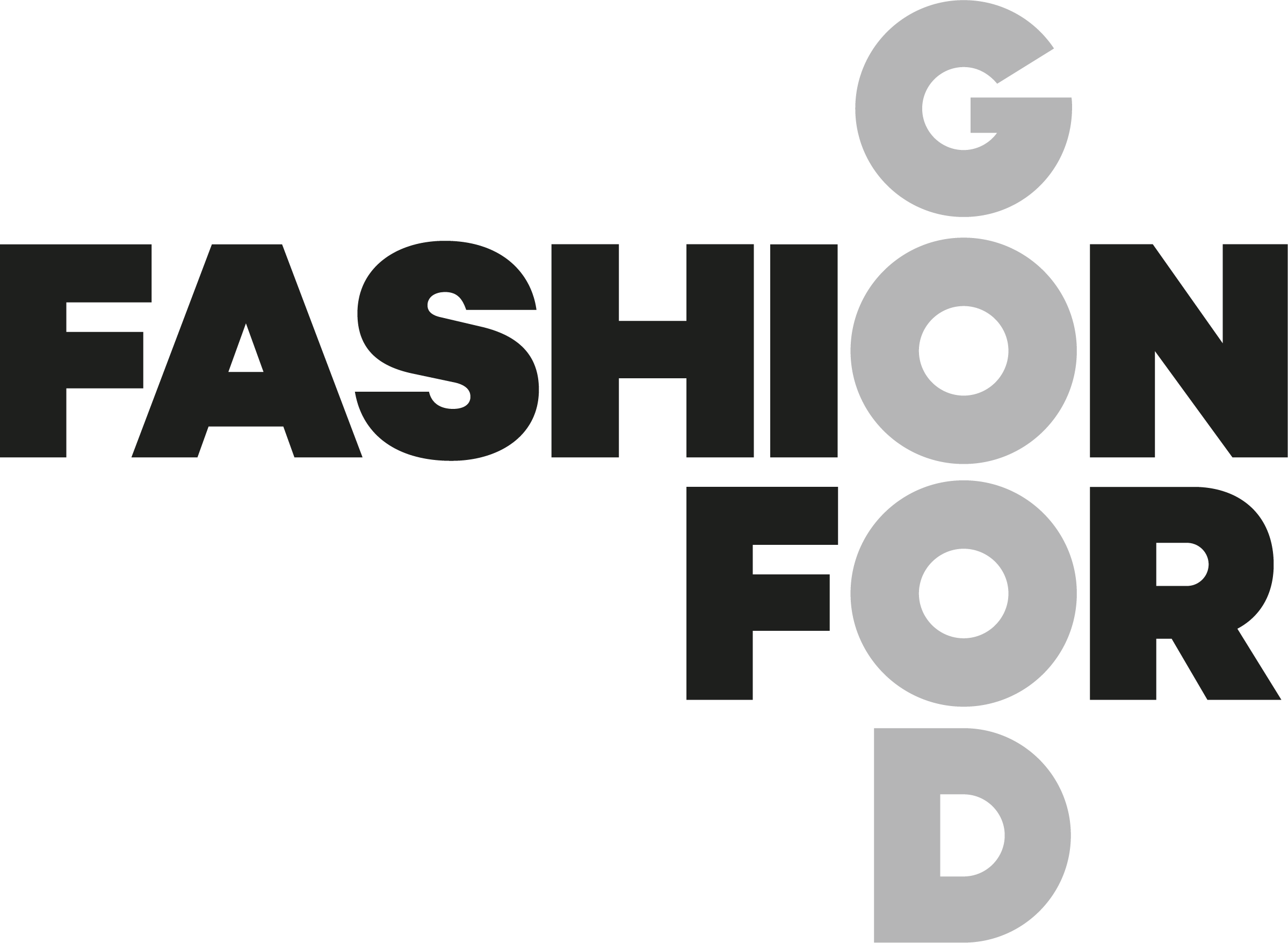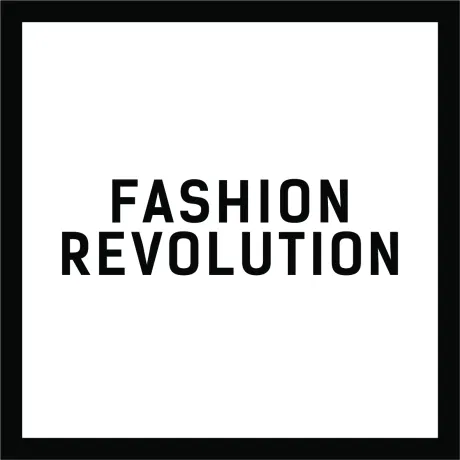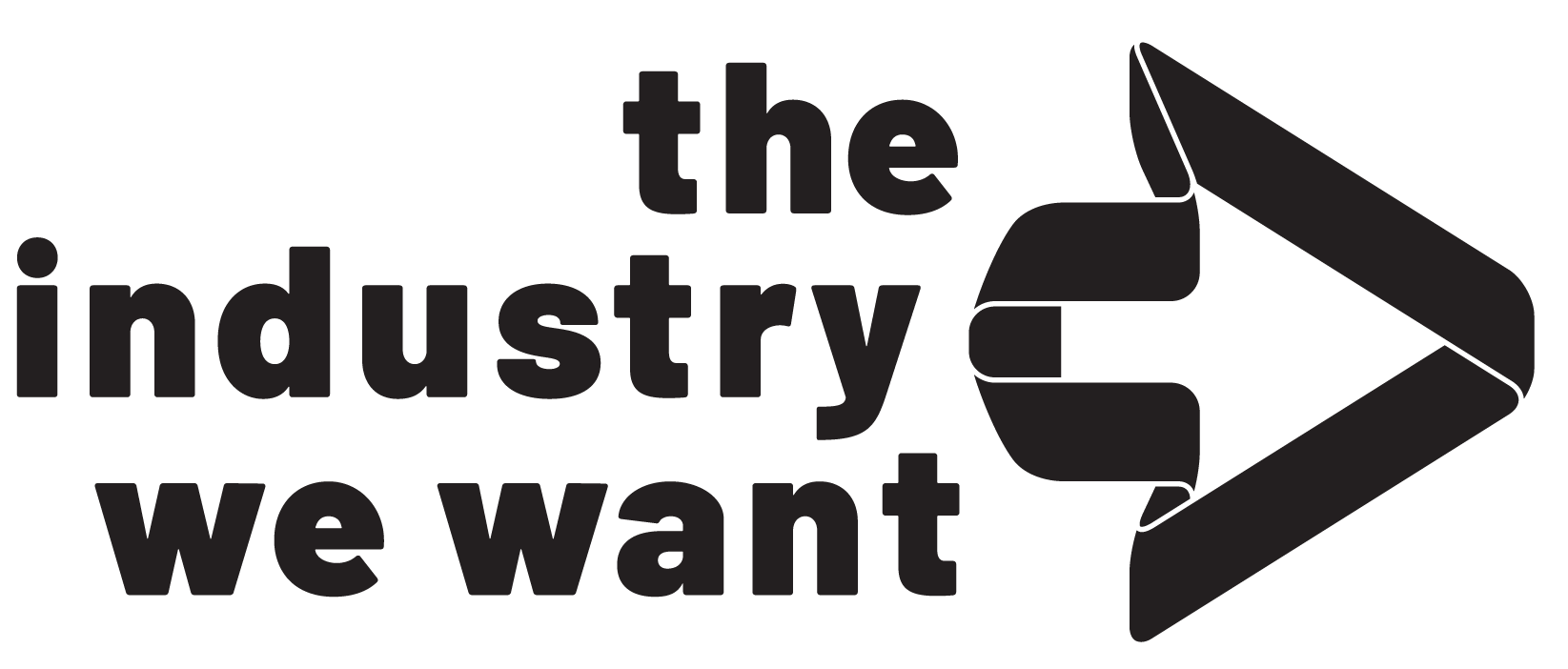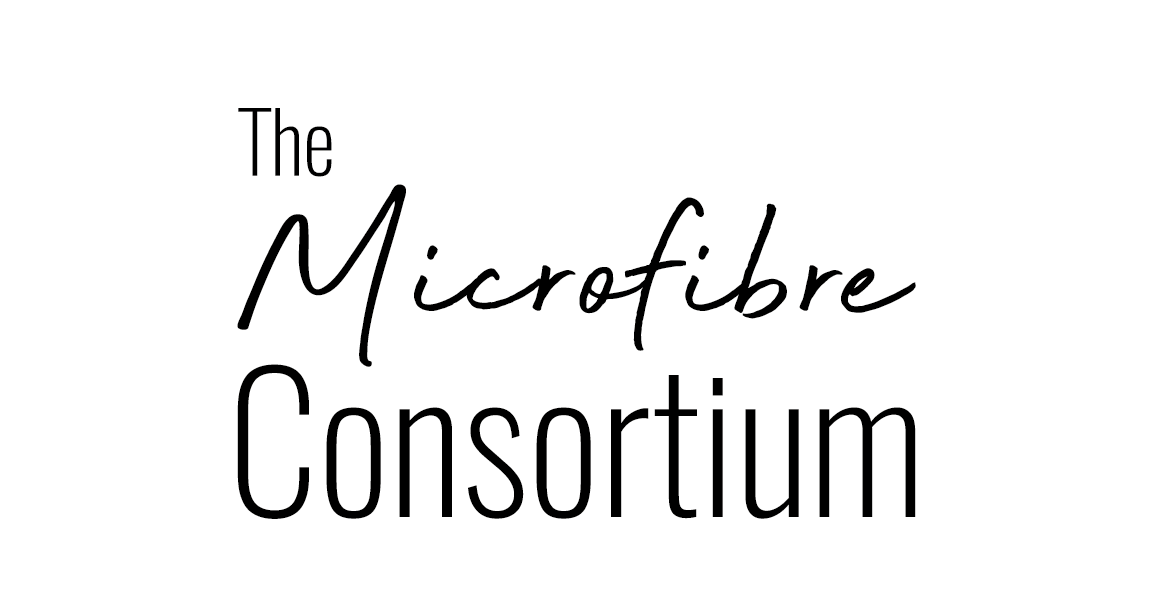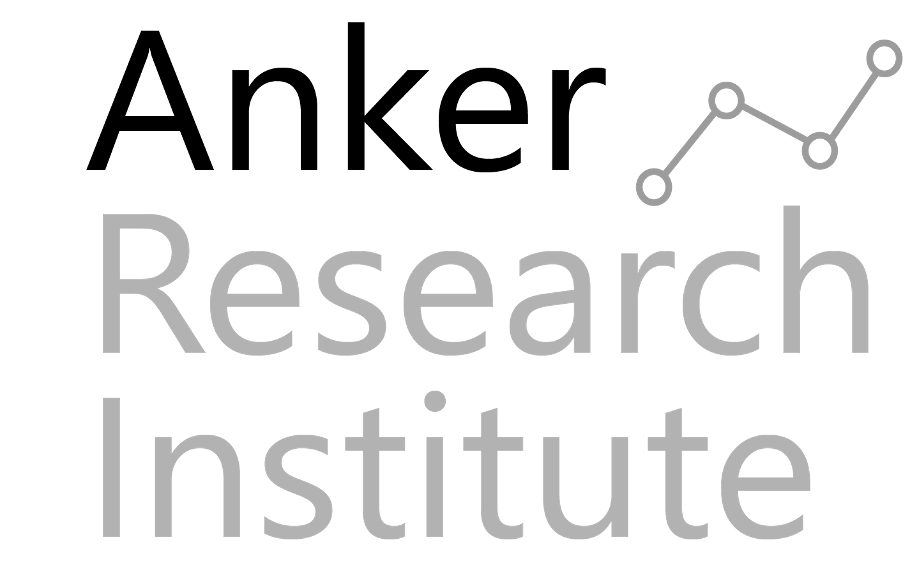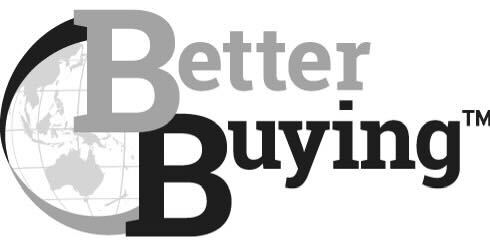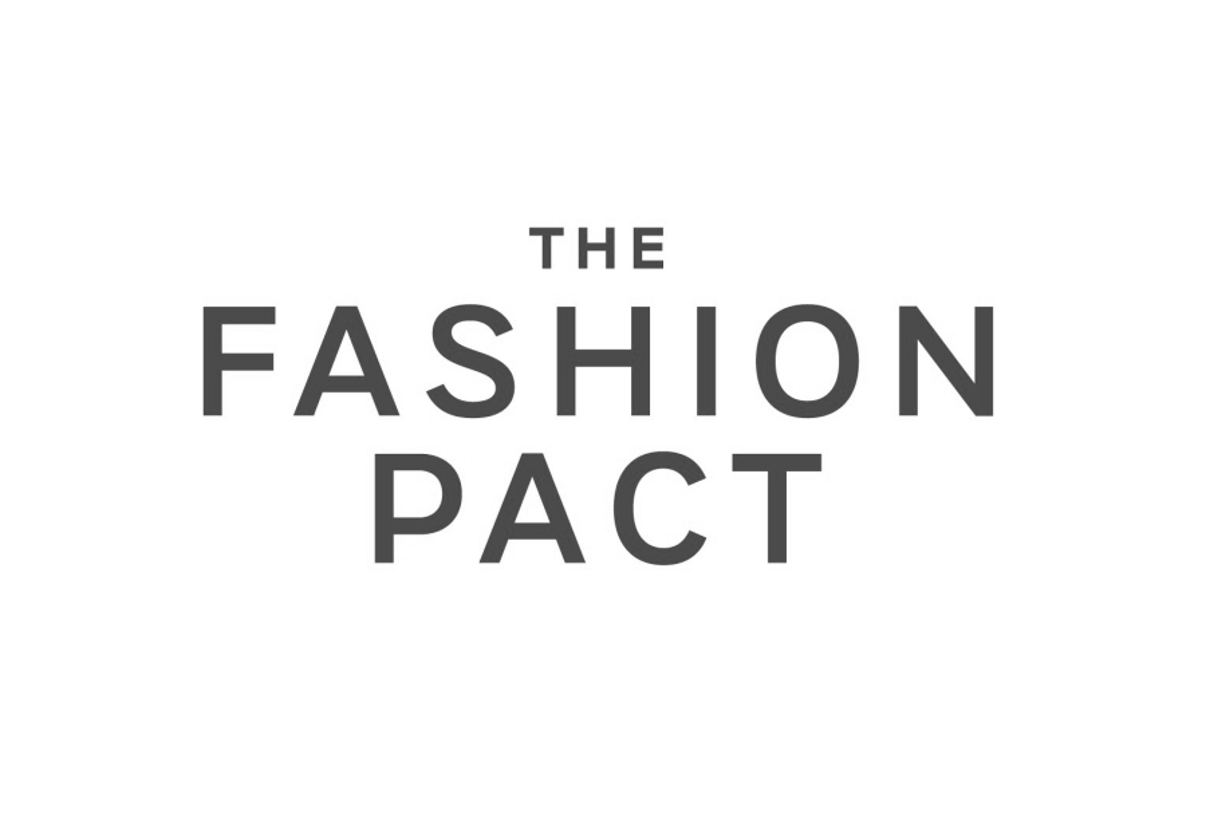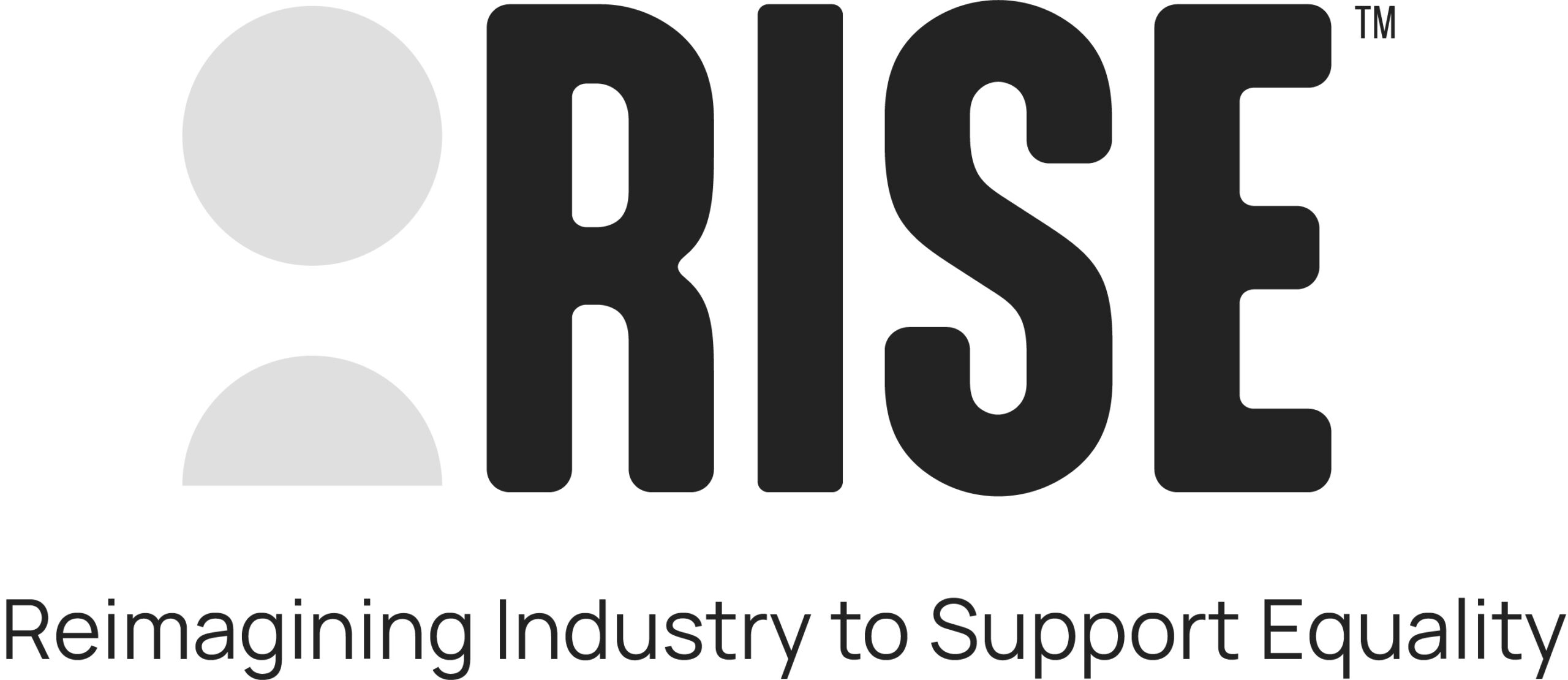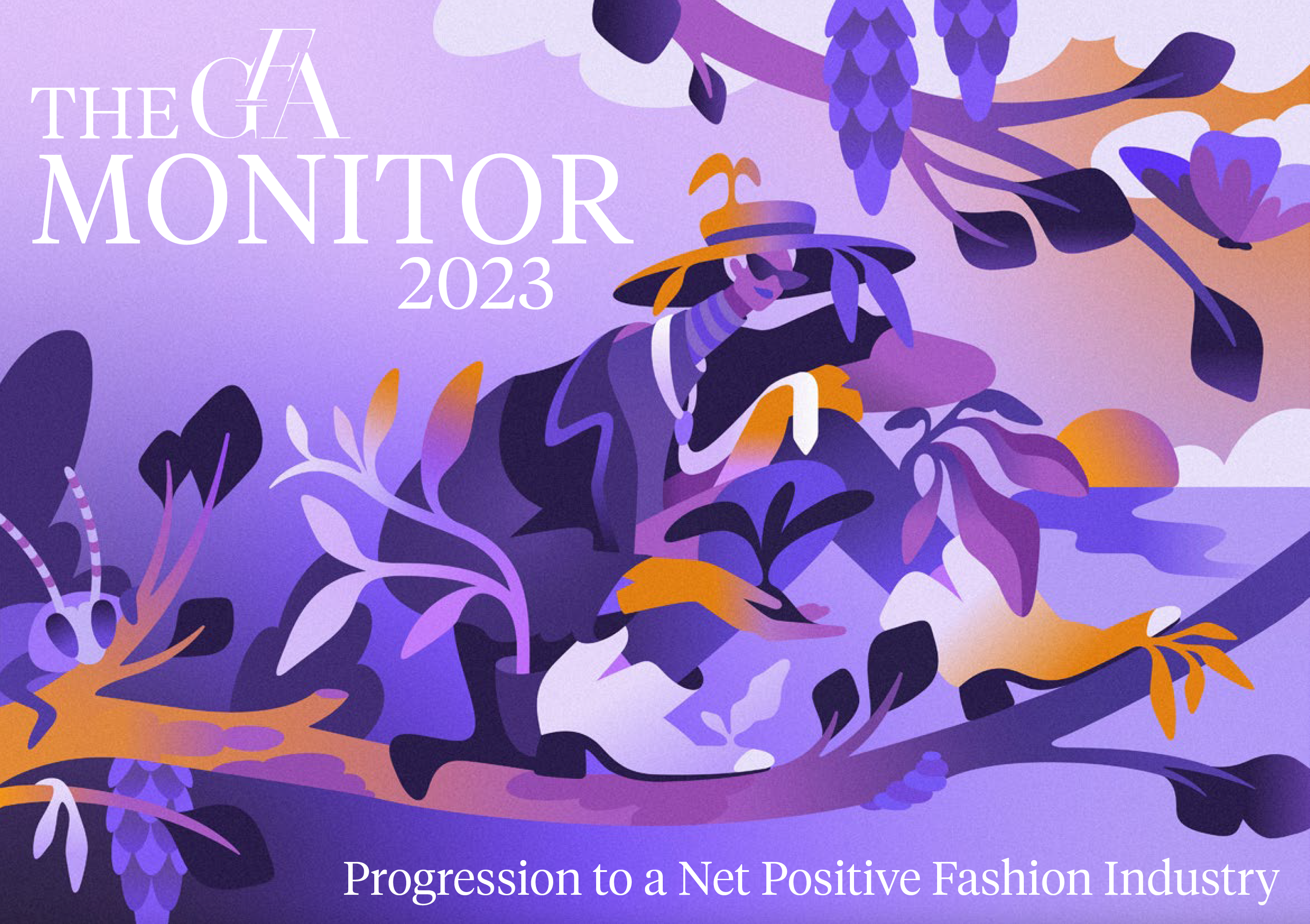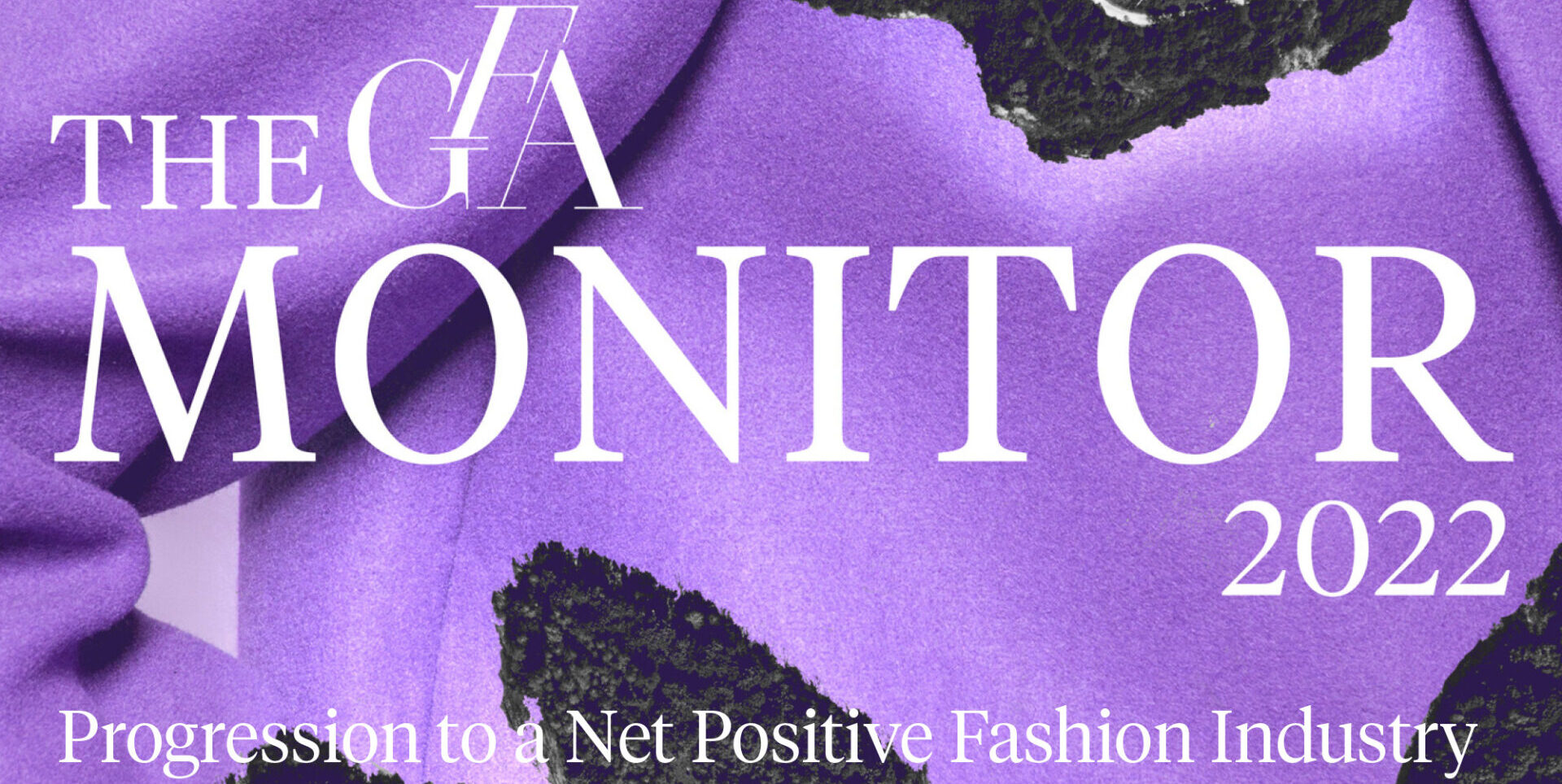The GFA Monitor
The GFA Monitor is an extensive guide for fashion companies on how to reach a net positive industry through the consolidation of existing knowledge, clear actions to take, credible tools, solutions, data insights, policy developments and proven best practices across five sustainability priorities.

What is the GFA Monitor?
The GFA Monitor’23 has two objectives: to present industry progress on the five sustainability priorities of the Fashion CEO Agenda, and to provide a converged overview of clear actions, credible tools, solutions and proven best practices. The Fashion CEO Agenda framework which was established in 2018 puts forward a vision statement for the fashion industry that highlights the imperative need for social and environmental sustainability. The report presents guidance according to five sustainability priorities which outline opportunities for fashion companies to set fact-based sustainability strategies and take action to achieve the vision.
.
Priorities
With this report, Global Fashion Agenda hopes to mobilise and inspire fashion companies to make bold commitments and take decisive action on the five priorities to build a better future for all actors across the value chain, and the planet.
-
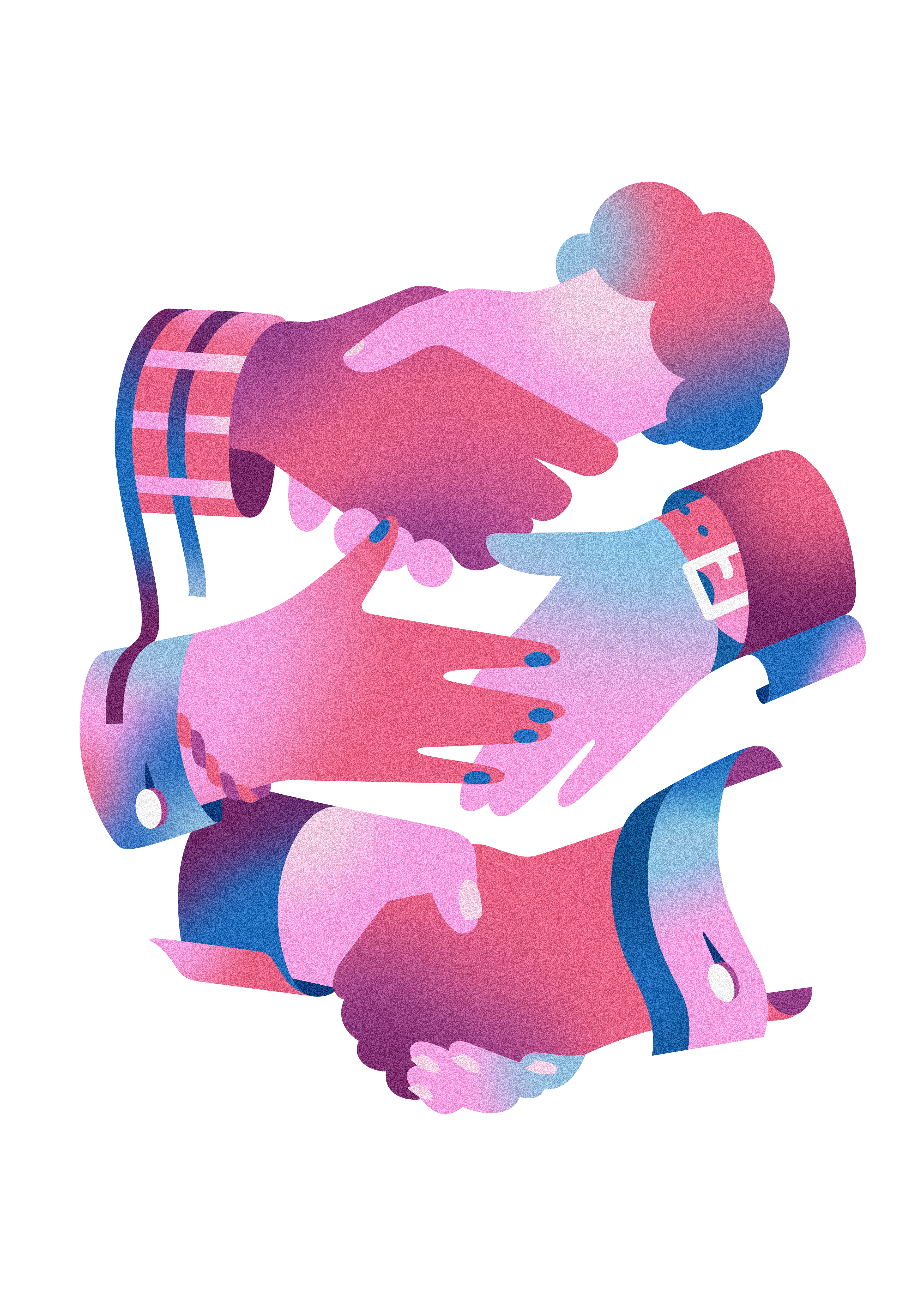
Respectful and Secure Work Environments
-

Better Wage Systems
-

Resource Stewardship
-
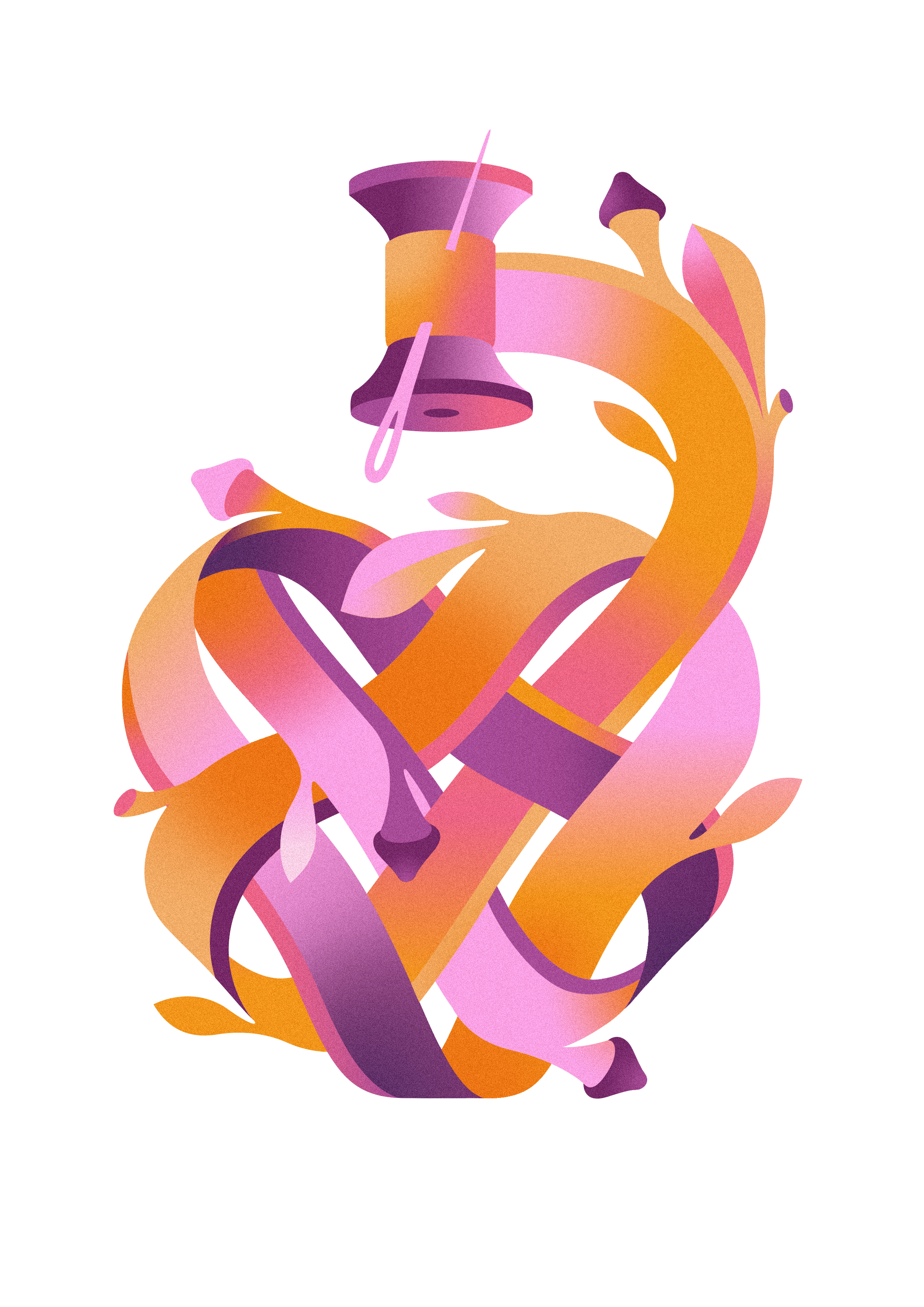
Smart Material Choices
-
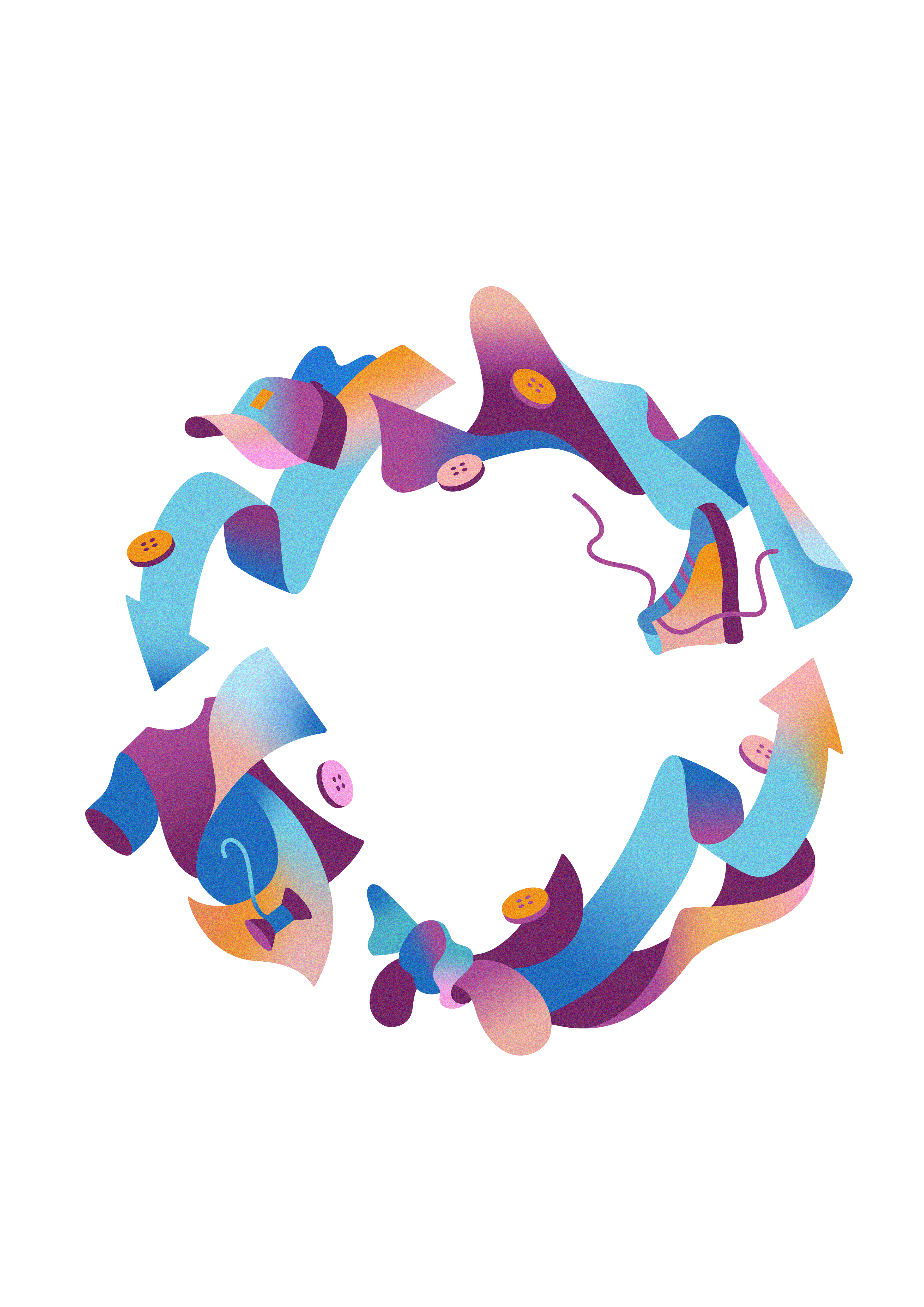
Circular Systems
A Collaborative Approach
The Monitor is a co-creation with Global Fashion Agenda’s Impact Partners and stakeholders which brings together expert insights from multiple organisations with different areas of specialisation, consolidating existing knowledge and reducing complexity. Over 26 partners and organisations were consulted to form the cohesive report. GFA’s Impact Partners include:Fair Labor Association, the Social & Labor Convergence Program, Ellen MacArthurFoundation, Apparel Impact Institute, and Textile Exchange. GFA’s data partner; Wordly, moreover supported with data analysis of the Fashion Industry Target Consultation data presented in this edition of the GFA Monitor and our Strategic and Associate partners contributed case studies and examples of best practices.
Data & Impact Partners:
Principal Stakeholders:
Other principal industry and international stakeholders include: Canopy, ILO-IFC Better Work, International Labour Organization, United Nations Environment Programme, WWF.
Measuring Industry Progress
For the first time, the report includes new data insights drawn from over 900 industry participants in 90 countries of the Fashion Industry Target Consultation. The consultation launched by GFA and UN Environment Programme (UNEP) in November 2022, invited stakeholders from across the global value chain to share their thoughts on the performance indicators and milestones that the industry must strive to meet providing an industry snapshot of current target setting and measurement reporting across pivotal areas for action.
The insights are strategically placed throughout the report within their respective priority chapter, highlighting data from brands, producers/manufacturers, and the overall respondent aggregate. The total respondent aggregate represents a wide array of stakeholders, from brands and retailers to intergovernmental and governmental organisations, non-profit/ non-government organisations, technical organisations/ consultancies, educational institutions, media, agencies, and image makers, and financial actors. The full methodology and disclaimer can be found in the publication’s Annex.
Looking ahead, our vision is for the GFA Monitor to become an annual gauge of the fashion industry, delivering valuable insights and impact data, monitoring industry progress and identifying critical actions to stay aligned with the industry’s collective path forward.
Get in touch via impact@globalfashionagenda.org
Reports


